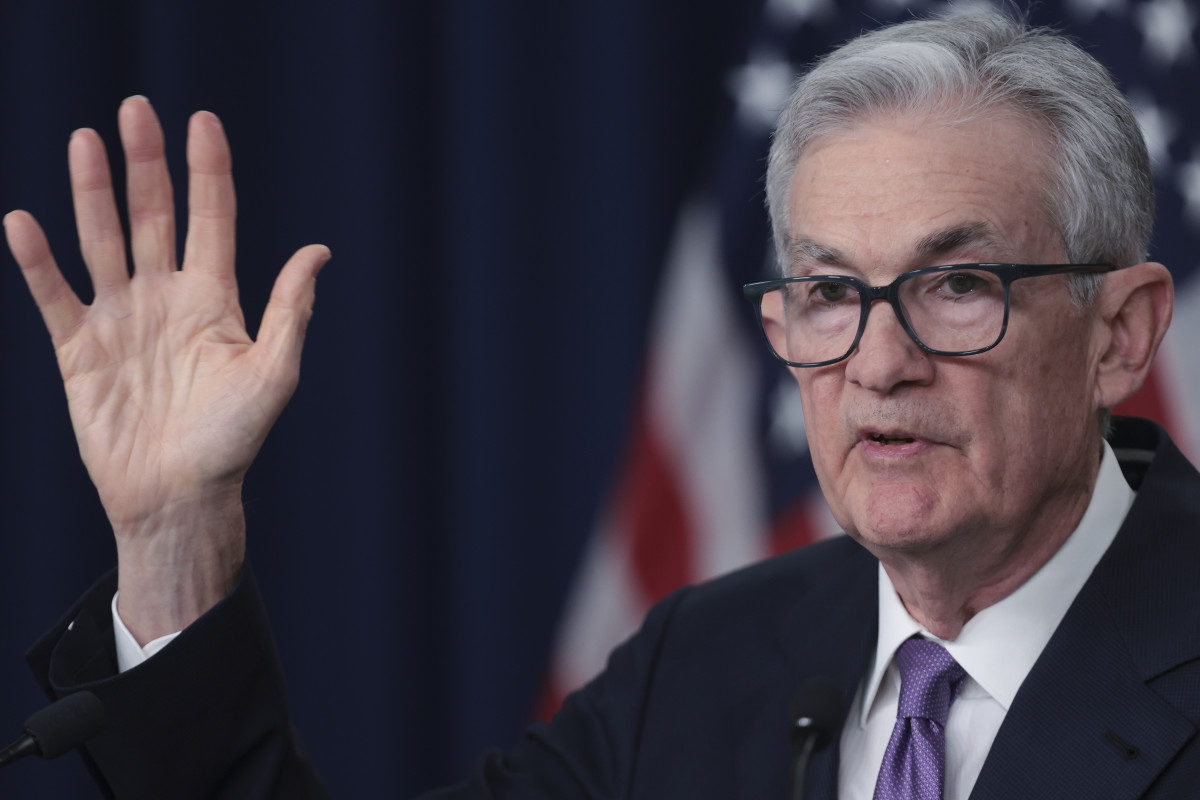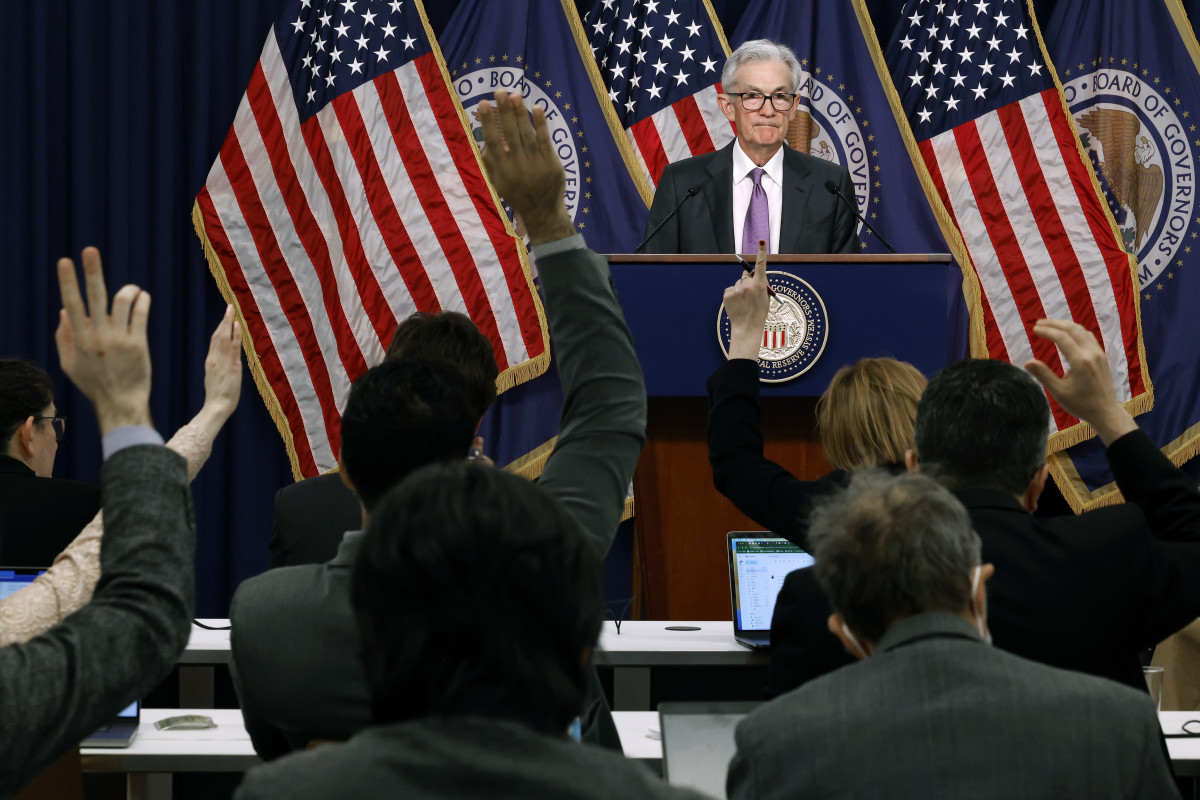
U.S. inflation ticked higher in October, but stable core price pressures and tame month-on-month gains prompted a sigh of relief on Wall Street and likely supported bets for an end-of-year interest rate cut from the Federal Reserve.
The Commerce Department said Wednesday its headline Consumer Price Index for October was pegged at an annual rate of 2.6%, accelerating from the 2.4% pace recorded in September and reaching the highest since July. The headline tally matched Wall Street forecasts.
On a monthly basis, price pressures edged 0.2% higher, matching last month's advance, thanks in part to a modest 2.3% decline in domestic gasoline prices.
So-called core inflation, which strips out volatile components like food and energy, held at an annual rate of 3.3%, matching Wall Street's 3.3% forecast and pegged at the lowest rate in more three years.
The monthly reading of 0.3% was also in line Wall Street forecasts and was up modestly from the final July reading of 0.2%.

"Given nervousness around the more inflationary aspects of Trump’s policy proposals, markets appeared primed for an upside inflation surprise today," said Seema Shah, chief global strategist at Principal Asset Management.
"A hotter-than-expected inflation number could have convinced the Fed to stand pat at its next meeting so the in-line number can almost be considered as a beat," she added. "A December cut is still in the cards."
U.S. stocks reversed declines following the data release, with futures contracts tied to the S&P 500 suggesting a 3 point opening-bell gain and those linked to the Dow Jones Industrial Average priced for a 30 point bump. The tech-focused Nasdaq, meanwhile, is called 5 points lower.
Benchmark 2-year Treasury note yields eased 3 basis points to 4.296% while 10-year notes fell 5 basis points to 4.381%.
The U.S. dollar index, which tracks the greenback against a basket of six global currencies, was marked 0.14% lower at 105.881.
The CME Group's FedWatch, meanwhile, suggests a 79% chance that the Fed will lower its benchmark lending rate by a quarter of a percentage point next month in Washington, up from around 62% prior to the data release.
Related: Veteran fund manager sees world of pain coming for stocks







